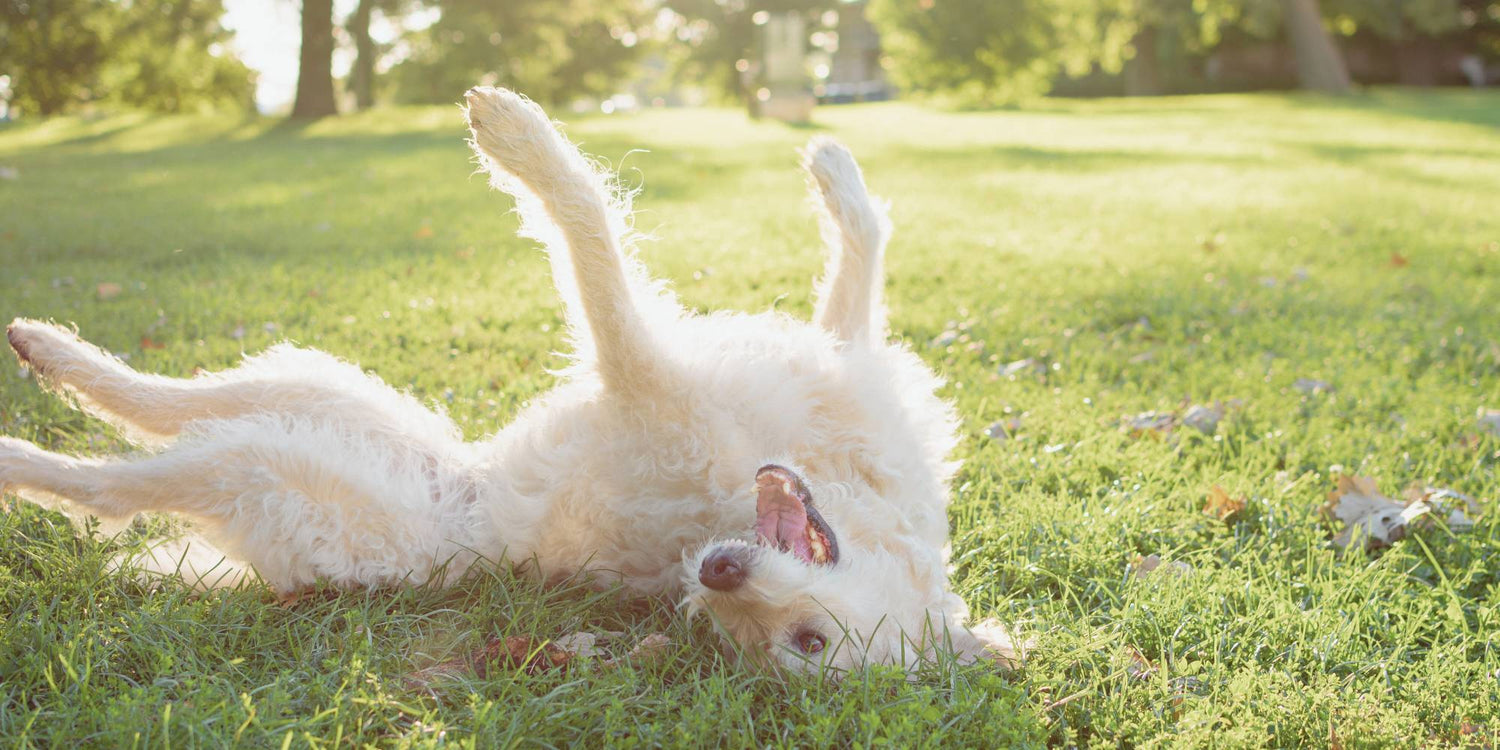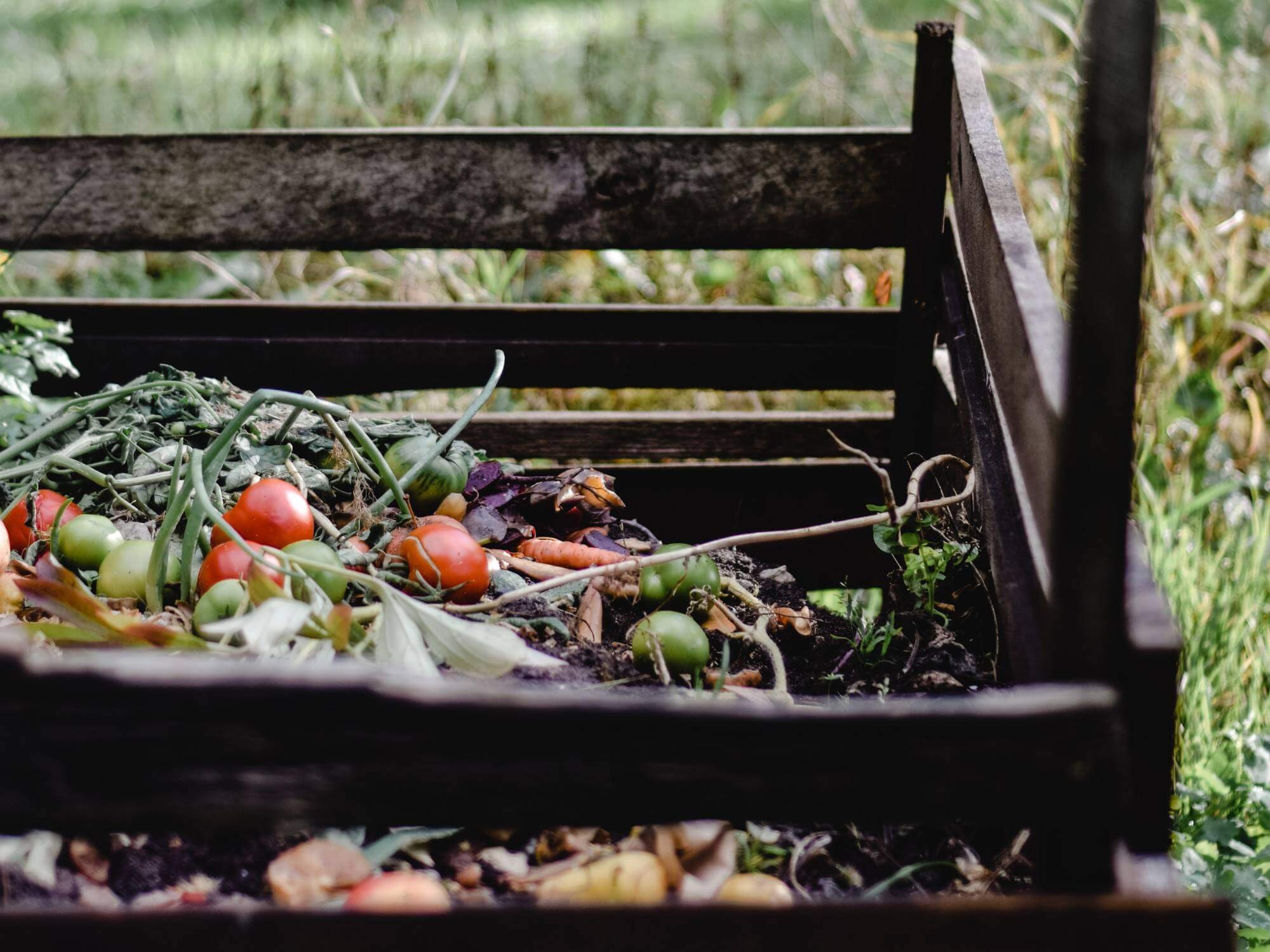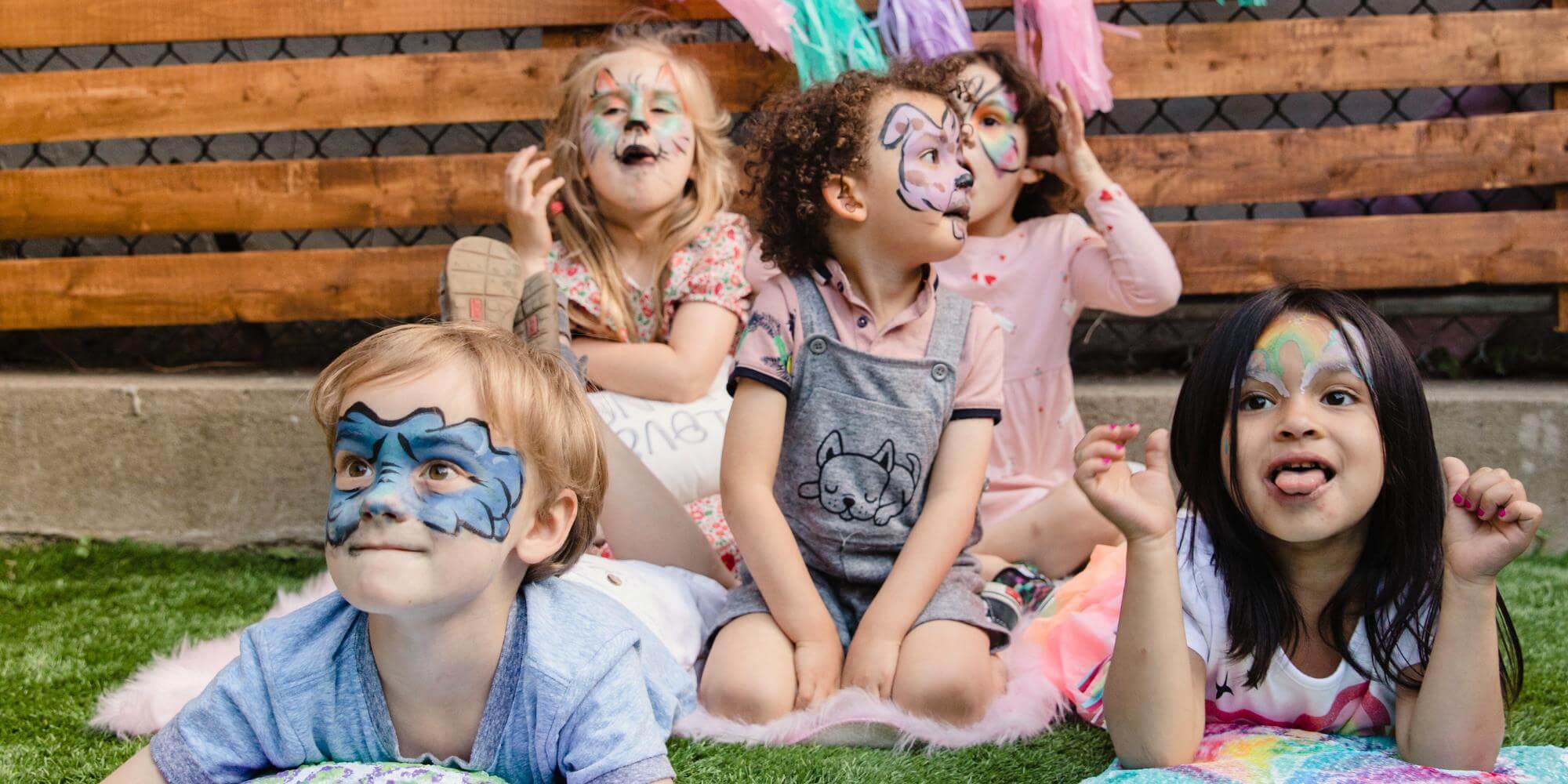Your duty as a pet parent is to ensure your outdoor space is safe and secure for your animal companions. We often spend time and money protecting our garden and lawn from pets that like to dig and chew. Nothing is worse than discovering a pothole the size of your Labradoodle in your perfectly manicured lawn. Right? Wrong.
Picture your mischievous but endearing pet being poisoned by something you grow or use in your garden. You'd be surprised at how often this actually occurs.
So perhaps you have been looking at things the wrong way. Instead of focusing on protecting your garden from your pets, focus on protecting your dog or cat from your garden.
To help you out, we have compiled a list of some of the most effective measures you can take to keep your pet safe while they are having fun in the yard.
Contents
- 1. Choose pet-friendly plants
- 2. Avoid harmful chemicals
- 3. Designate play areas
- 4. Install secure fencing
- 5. Don’t Use Toxic Mulch
- 6. Provide shade and shelter outdoors
- 7. Secure loose wires or cords
- 8. Avoid sharp objects
- 9. Water safety
- 10. Training
Top 10 best ways to keep your pets safe in the garden
We've compiled these pointers to help you protect your four-legged family members from potential dangers in your yard. You might have heard of some of these, but you might be surprised to learn that some common garden plants can actually be poisonous to your pet.

1. Choose pet-friendly plants
It's crucial that pet owners do their homework and pick non-toxic plants. You won’t believe how many of our most common garden plants are toxic to animals, including lilies, azaleas, daffodils, and sago palms. You can find a list of non-toxic plant choices for pets here.
If you would like to know which plants are toxic to your pets, you can take a look at the Pet Poison Helpline. Keep in mind, some plants are only poisonous when consumed in large amounts.
2. Avoid harmful chemicals
Most of us try to reduce or eliminate the number of times we apply garden chemicals like pesticides, herbicides, and fertilisers. It will come as no surprise to you that pets can be poisoned if they come into contact with or ingest these chemicals.
A better option is to research lawn care and pest control options that are safe for use around pets. There are also some products that become safe a few hours or days after application.
3. Designate play areas
Fencing off dangerous areas or creating a safe play space for your pets can help avoid unwanted accidents or poisonings in your garden. Cats can be much harder to contain than dogs!
Keep all of your garden tools up high and any sprays or lawn treatments locked away in the garage or garden shed.
4. Install secure fencing
Make sure your garden is secure with good fencing to stop pets from escaping or getting to busy streets. Check for any gaps or holes that they may squeeze through, and fix them promptly.
5. Don’t Use Toxic Mulch
Did you know some types of mulch, such as cocoa bean mulch, can be harmful to pets if ingested? There are plenty of pet-safe mulch alternatives, like cedar or pine mulch, but make sure you double-check the type you are using.
6. Provide shade and shelter outdoors
If your pet is outside for long periods of time, it is of the utmost importance to create shaded areas in your garden or lawn where they can relax and find respite from the sun. Especially in Australia! Consider providing a doghouse or a cozy, sheltered spot for them to retreat to during extreme weather conditions. Make sure they have access to plenty of fresh, clean water and some toys to avoid boredom, which can lead to destruction.
7. Secure loose wires or cords
Like children, pets can be curious and may play with or chew on electrical wires or cords. Make sure any exposed wires are secured and tucked away to prevent electrocution or even choking hazards.
8. Avoid sharp objects
Glass, nails, and other sharp objects can cause serious injuries, so it's important to do regular checks in your garden. Remove anything you find promptly to avoid injuries to your pets' paws.
9. Water safety
Securing all ponds and pools is important for the safety of children and pets, but have you considered the chemicals that go into them? We recommend always using non-toxic chemicals in your water features and keeping chlorine safely out of reach of all animals and children.
Pets, just like children, can easily drown in a small body of water. Please make sure you have a secure metal grate on top of your water feature to avoid accidental drownings while still being able to enjoy watching the fish. This will also stop cats from eating your fish!
10. Training
Train your pets to obey simple commands and keep off of certain areas of the garden. Make sure to keep an eye on them at all times when they're outside so they don't get into any trouble or dig up any plants. We know this is easier to say than to do, but if you are consistent, join some training classes, and make sure everyone in the household is following through with the rules, things will get much easier to manage.
Always keep in mind that your pet’s behaviour may vary depending on the specific animal. It's important to consider your pet's safety and happiness when making decisions about your garden and lawn. The safer you can make your backyard, the easier it will be to manage the dangers.






Leave a comment
This site is protected by hCaptcha and the hCaptcha Privacy Policy and Terms of Service apply.